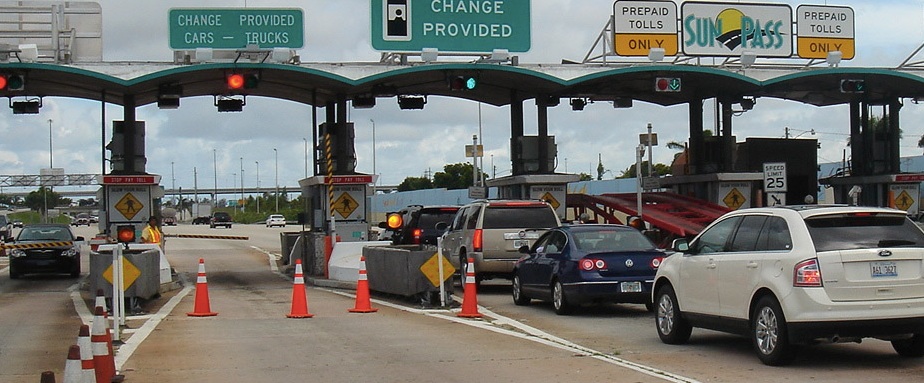Trump’s infrastructure package would let states pursue road pricing
A trillion dollars for infrastructure. That’s been the headline talking point for months about the Trump Administration’s policy agenda, but the details have been murky at best. A short white paper prepared for the campaign by now Commerce Secretary Wilbur Ross sketched out a plan for tax credits leveraging private investments, but that has approach appears to be morphing into something different.

A new budget fact sheet released by the Office of Management and Budget earlier this month, is starting to sharpen the focus on some of the potential details of the administration’s upcoming infrastructure package. It now appears that Transportation secretary Elaine Chao is taking the lead here. She said that the administration plans to implement long run changes in how “projects are regulated, funded, delivered and maintained.” That appears to be code for a sharply reduced federal role in funding things like highways and transit, and shifting more of the responsibility to state and local governments and the private sector. Apparently, general fund support for the highway trust funded will be pared back, reducing money for new roads, and essentially eliminating future “new starts” transit projects. The popular Tiger-grant program is also on the chopping block. The plan calls for incentivizing non-federal funding, which would include additional state and local funding as well as privately financed projects.
In the realm of transportation, one of the key “incentives” is easing the current restrictions on tolling interstate freeways. Currently, its difficult to impose tolls on federally financed roads. The proposal calls both for expanding an existing policy that allows states to explore road pricing on a pilot basis, and also more generally eliminating the ban on tolling existing roads. From the fact sheet:
- Incentivize Innovative Approaches to Congestion Mitigation. The Urban Partnership Agreement Program – and its successor, the Congestion Reduction Demonstration Program – provided competitive grants to urbanized areas that were willing to institute a suite of solutions to congestion, including congestion pricing, enhanced transit services, increased telecommuting and flex scheduling, and deployment of advanced technology. Similar programs could provide valuable incentives for localities to think outside of the box in solving long-standing congestion challenges.
- Liberalize Tolling Policy and Allow Private Investment in Rest Areas. Tolling is generally restricted on interstate highways. This restriction prevents public and private investment in such facilities. We should reduce this restriction and allow the States to assess their transportation needs and weigh the relative merits of tolling assets. The Administration also supports allowing the private sector to construct, operate, and maintain interstate rest areas, which are often overburden and inadequately maintained.
According to Politico, these proposals have already prompted an outcry from truckers and truck stop operators. Truckers do not like paying tolls, and existing truck stop operators recognize that privatized highway rest areas would likely be formidable competitors. But beyond the objections of these two groups, there are actually good reasons to welcome a federal policy that would allow states to implement tolls more broadly.
Despite the widespread mythology that the cars and trucks pay for the roads they drive on, the truth is that gas taxes and vehicle registration fees don’t pay for anything close to the construction and maintenance cost of roads, much less the social and environmental costs they create. The Congressional Budget Office–the same group that scores health care initiatives–estimates that over the road trucks alone are subsidized to the tune of between $57 and $128 billion per year.
Implementing road pricing more widely is one way to assure that those who benefit from the road system pay the costs of constructing and maintaining it. And just as importantly, pricing is a way to manage demand and reduce congestion. If we priced peak hour travel more accurately, we would likely diminish traffic, and avoid the need to spend additional billions on road capacity–an expensive lesson that Louisville is learning.
While there’s a lot to be concerned about in the Trump infrastructure proposal–particularly in vague and open-ended suggestions about eliminating the kinds of environmental review standards that have help block some of the worst boondoggles–when it comes to road pricing, urbanists might well be advised to heed the advice of Kim-Mai Cutler: When life hands me lemons, I make tarte au citron.
